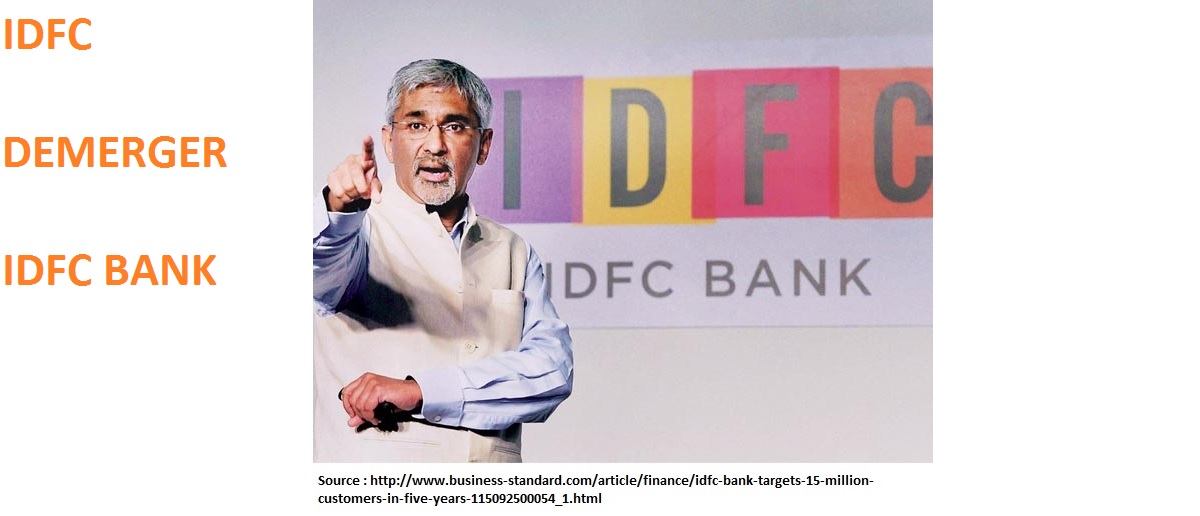Those listening in on SoftBank Group Corp.’s second-quarter earnings briefing on Monday would have picked up an interesting anecdote in the question and answer session with founder and CEO Masayoshi Son. Back when Uber was still quite small, Son passed up a chance to invest in the San Francisco-based cab-hailing service. “We did have an opportunity to invest in Uber… I had the chance to meet Travis (Uber founder Travis Kalanick) in the very early days and we didn’t…” he said.
For Son, the regret is that the bet could have potentially turned into another Alibaba for the Japanese telecom and Internet conglomerate. In 2000, SoftBank invested $20 million in China’s Alibaba, then a fledgling e-commerce start-up. In June this year, SoftBank harvested $10 billion when it pared its stake from 32%. Since turning down Uber, now valued at $68 billion, Son has tried to make good of that missed opportunity by buying stakes in rival cab-hailing services such as China’s Didi Chuxing, South-East Asia’s Grab and India’s Ola.
But, just buying stakes in Uber rivals isn’t enough for Son. He wants to ensure that SoftBank doesn’t miss out on such opportunities in future. At the same time, he wants to insulate the group’s balance sheet from riskier investments. To that end, in October, in his most ambitious bid yet to propel the group towards what he terms SoftBank 2.0, an overall framework that encompasses operations and investments, Son unveiled a massive technology investment fund in collaboration with Saudi Arabia’s Public Investment Fund (PIF). The fund, christened the SoftBank Vision Fund, aims to put up to $100 billion to work globally over the next five years. SoftBank itself will pump in about $25 billion. PIF has committed another $45 billion and, the rest will come from third-party investors with whom discussions are currently underway.
At Monday’s earnings briefing, Son also spoke about his own role in driving SoftBank 2.0. “Until now, investments were only 10%, or maybe 3% of my time… from now, the investment will be a bigger focus,” he said. In leaving operations to the CEOs of the group’s various companies, Son wants to focus on steering SoftBank faster towards the long-stated goal of becoming the “Berkshire Hathaway of the technology industry”.
All of that and especially the SoftBank Vision Fund should spell happy news for companies that count SoftBank as an investor in India. Except, it’s not that simple. Although SoftBank has been around in India as a technology investor for nearly two decades, it has never really settled down in this market.
SoftBank’s first outing here was as early as 1999 when it launched eVentures India, a venture capital firm, in collaboration with News Corp.-backed media venture capital fund ePartners and steel maker Ispat Industries promoter P.K. Mittal. The outing didn’t end well. eVentures India invested $43 million out of a planned $150 million outlay, before succumbing to the 2000-01 dot-com bust. By the time it shuttered operations in 2003, the fund had a portfolio of 14 companies. It managed to exit three of those (CustomerAsset, Integma Holdings, and Mentorix), wrote off investments in about six and, later sold its stake in four to Mumbai-based venture capital firm Nexus Venture Partners in a secondary block sale.
In 2001, around the time that eVentures India was beginning to unravel, a new technology investment fund called SoftBank Asia Infrastructure Fund, a joint venture between networking giant Cisco Systems Inc. and SoftBank, entered the Indian market. However, unlike eVentures India, it invested across early- and growth-stage companies and drew capital only from Cisco. SoftBank acted as the general partner of the fund and some of its early investments included Sify Technologies and IL&FS Investsmart. By 2004, the fund had found a new identity as SAIF Partners. The fund managers struck out on their own and the firm has since grown into one of the country’s most successful venture capital firms, independent of SoftBank.
The SoftBank we see in action here today really got into the thick of things around late-2014 shortly after Nikesh Arora was brought on board. Up until then, ad network InMobi was its sole investment. It also had a joint venture called Bharti SoftBank Holdings Pte with New Delhi-based Bharti Enterprises through which it holds a stake in messaging app Hike (recently valued at $1.4 billion). Arora, who was in line to succeed Son as CEO and quit abruptly in June this year, quickly got down to business with a series of rapid-fire deals worth $2 billion. The deal run kicked off with a $627 million investment in e-commerce marketplace Snapdeal and a $210 million investment round in cab-hailing service Ola (SoftBank led the round). By the time he departed, the portfolio had expanded to six companies, including property search and listings platform Housing, budget stays aggregator OYO Rooms and on-demand grocery delivery service Grofers.
Arora’s aggressive deal-making got SoftBank into some of India’s most sought-after start-ups and some trouble. Last year, it found itself smack in the middle of an embarrassing public spat with Housing founder Rahul Yadav, which ended with Yadav being fired.
Despite having built out a portfolio of investments that look promising, at least on paper, within a very short period, SoftBank’s investment strategy and plans for India remain unclear. Much of that, of course, has to do with Arora’s untimely departure. Deal-making has been at a virtual standstill since November last year. Trouble between Arora and SoftBank, rather a section of SoftBank’s shareholders, started brewing in April. Two of its biggest investments here, Ola and Snapdeal, have been in line for fresh funds for some time. It doesn’t help matters that both have just taken a writedown on their valuations by SoftBank itself. In its earnings report for the six months ended September, SoftBank wrote down as much as $555 million in the two companies.
What is clear though is that Son has moved on. With the mega $31 billion acquisition of semiconductor maker ARM Holdings, shortly after Arora’s exit, in the bag and a $100 billion technology fund in the works, Son is re-energized for the next phase of growth. He even has a backdoor entry into Uber, courtesy the recent merger of Uber’s China operations with SoftBank-backed Didi Chuxing. The deal puts Ola in a bit of a spot, which is probably why it has lately been making absurd complaints about “capital dumping” by foreign investors. Last month, in a bid to reassure the Indian portfolio, SoftBank president Alok Sama told The Economic Times that nurturing its existing portfolio companies is the top priority. He also said that Son is expected to visit India in December. More clarity on how SoftBank intends to play India in this phase will hopefully emerge then.
Snigdha Sengupta is a consulting writer with Mint. She contributes stories on venture capital and private equity.
Recent Articles on M&A
Source: Mint




